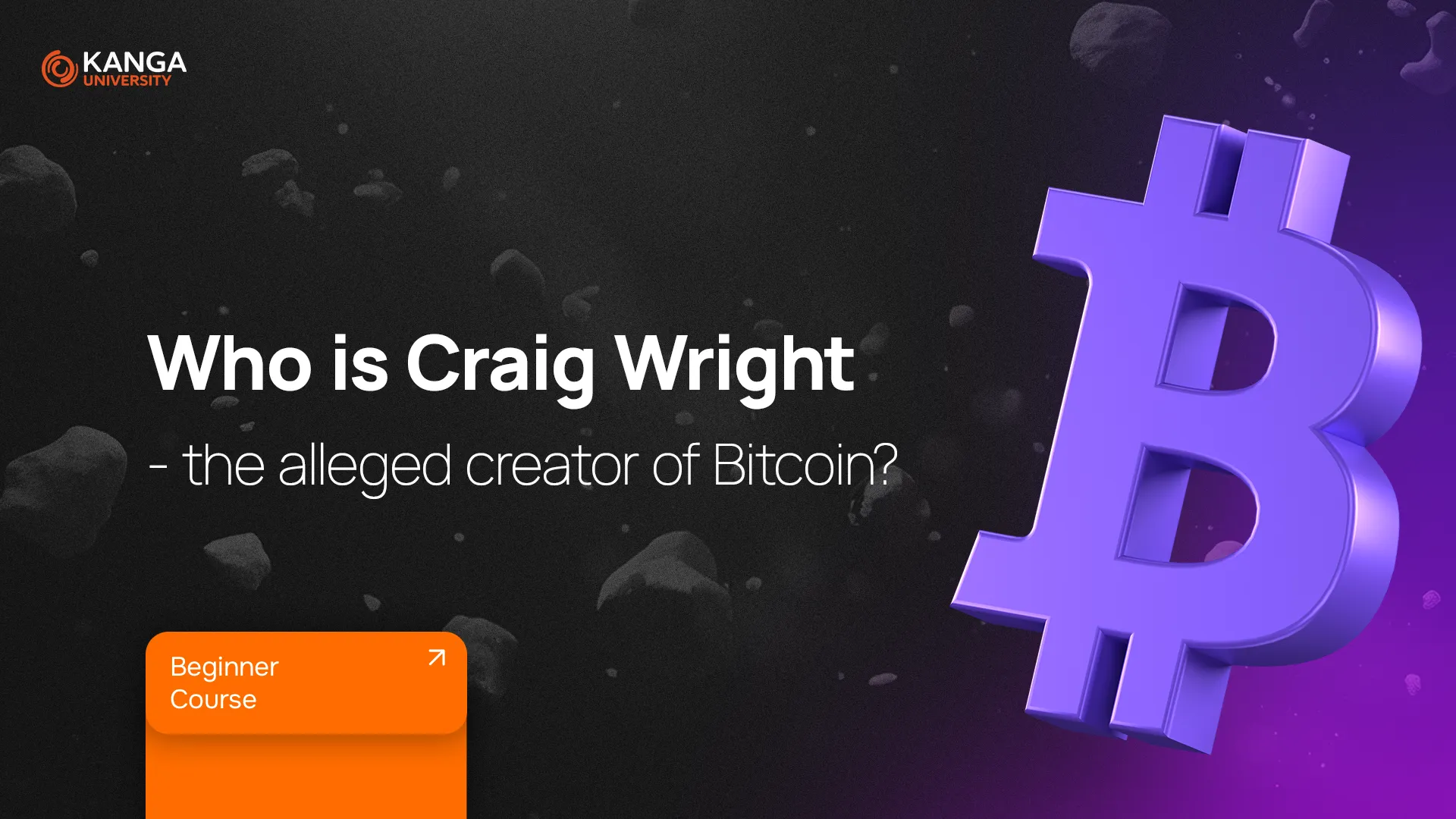
Is Craig Wright really Satoshi Nakamoto, the mysterious creator of Bitcoin? The Australian computer scientist has spent years trying to convince the world that he is the mastermind behind the biggest cryptocurrency. However, his claims have been met with skepticism and repeatedly debunked by experts and courts alike. Is Wright a genius, a compulsive liar, or just a master manipulator?
Let’s take a closer look at this controversial figure.
Who Is Craig Wright?
Craig Steven Wright was born in October 1970 in Brisbane, Australia. As a child, he showed an interest in technology, and by the 1990s, he was working as an IT specialist for various companies. He claims to hold 16 master’s degrees and two doctorates, covering fields such as finance, statistics, law, information security, IT management, engineering, and even theology.
However, many of these claims have been questioned. Some universities have denied awarding him degrees, and the lack of publicly available research further raises doubts.
Despite this, Wright built a career in cybersecurity, payment systems, and blockchain, though the true extent of his contributions remains debatable.
How Did He Become Linked to Bitcoin?
In 2015, Wired and Gizmodo published reports suggesting that Craig Wright might be the legendary Satoshi Nakamoto. The evidence was based on leaked emails and documents indicating that Wright had allegedly worked on Bitcoin as early as 2008 and even possessed the necessary cryptographic keys.
Following these reports, Craig Wright publicly declared that he was the creator of Bitcoin. However, his claims were quickly challenged by experts. Some argued that Wright may have manipulated the data, while others pointed out that his cryptographic signatures were linked to public keys already present on the blockchain.
What does this mean?
In practice, this means that Wright never provided conclusive proof that he possessed Nakamoto’s original private keys. When the Bitcoin community pressured him to perform a public cryptographic verification, he refused, claiming he no longer wanted to “play this game.”
Arguments For and Against – Is Wright Really Nakamoto?
Arguments “for”:
- He used an email address associated with Satoshi Nakamoto.
- His company, Tulip Trading, allegedly controls 1.1 million BTC, supposedly belonging to Nakamoto.
- He published a 2009 blog post hinting that he knew about Bitcoin’s launch.
Arguments “against”:
- He never provided cryptographic proof to verify his identity.
- Researchers found fabricated information in his documents, including fake PGP keys.
- In 2015, the Australian tax office investigated his companies for tax fraud.
- In March 2024, a UK court officially ruled that Wright is NOT Satoshi Nakamoto and that his claims were baseless.
Legal Conflicts and Controversies
Wright not only claims to be Bitcoin’s creator but has also attempted to assert control over the brand and its intellectual property. Over the years, he has sued multiple individuals and organizations, trying to force recognition of his supposed rights.
Key Legal Cases:
- 2021 – Wright sues the Bitcoin community and developers, claiming they must return his allegedly stolen BTC. He loses the case.
- 2023 – Attempts to register copyright for the Bitcoin whitepaper and source code. The court dismisses his claims.
- March 2024 – UK court officially declares that Wright is not Satoshi Nakamoto.
- July 2024 – Wright is referred to prosecutors for allegedly providing false testimony.
- December 2024 – Receives a one-year suspended sentence for violating a court order prohibiting him from suing Bitcoin developers.
Summary
Craig Wright is a colorful and controversial figure, but his claims of being Satoshi Nakamoto lack solid evidence. The absence of cryptographic proof, false statements about his education, and a history of manipulation have made him an increasingly isolated figure in the Bitcoin community.
Despite this, Wright continues to insist that he created Bitcoin, and his legal battles show no signs of stopping.
Is he a misunderstood genius, unwilling to reveal his true identity, or simply a cunning manipulator seeking fame and money? Craig Wright’s story serves as a cautionary tale – in the world of cryptocurrencies, the truth is not always what it seems.